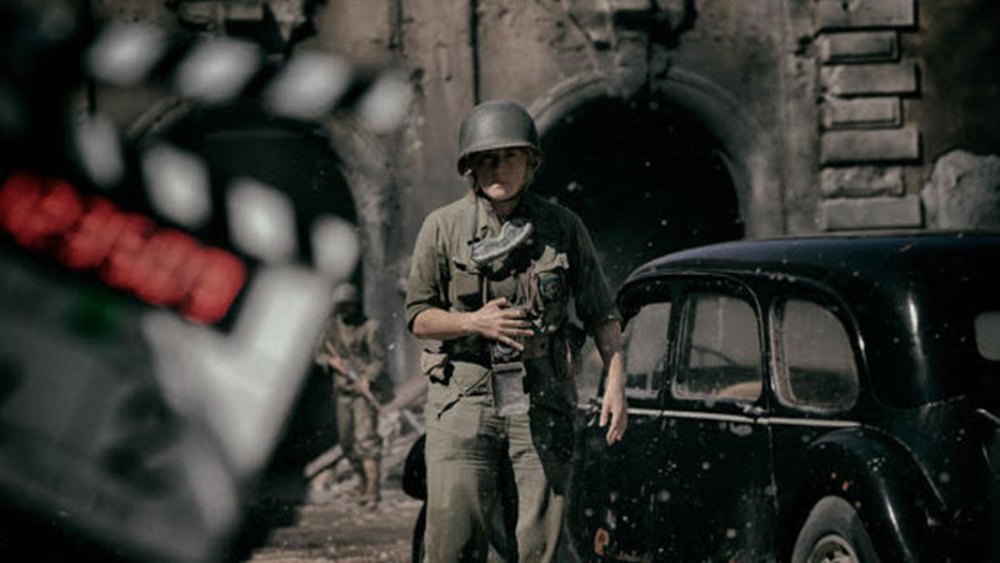
Ellen Kuras is having a full-circle moment.
The celebrated cinematographer, who has worked for directors including Martin Scorsese, Spike Lee and Michel Gondry, wanted to be a politically minded filmmaker like Costa-Gavras when she was starting out, but found herself primarily working behind the camera for many years. With “Lee,” a Toronto premiere starring Kate Winslet as famed World War II photographer Lee Miller, she is finally making her debut as a feature film director.
“It’s actually been a pretty smooth glide from the dolly to the director’s chair,” says Kuras, who directed the Oscar-nominated doc “The Betrayal,” commercials and episodes of “Ozark” and “Catch-22” before tackling “Lee.”
Her work on the project is an outgrowth of a connection she made with Winslet as cinematographer on “Eternal Sunshine of the Spotless Mind.” At a bookstore, Kuras spotted a tome about Miller, and, taken by Winslet’s likeness to her, sent the actor the book. Years later, Winslet asked Kuras whether she would like to direct a movie project about Miller that she was developing.
“I was like, oh my God, yes,” says Kuras. “Because Lee Miller I can identify with in so many ways, as someone behind the camera and went out to say something. In a way, it’s a search for truth,” she says of Miller’s desire to document what was really happening in Europe at that time.
The key, she says, was finding the right way to frame Miller’s remarkable camera work. The American-born photographer captured harrowing images of Dachau and memorably posed naked in Hitler’s bathtub. But before the war, she was hanging out in Europe with artists including Picasso and Man Ray — a highly unlikely candidate to go charging into battle zones with a camera strapped around her neck.
“We wanted to show World War II through a different lens — a female lens,” says Kuras, who credits co-writer Liz Hannah with creating the movie’s structure.
“Lee” opens with Miller taking photos in a battle zone, and then flashes back to pre-war days. We see her meeting future husband Roland Penrose (Alexander Skarsgård), a well-born Englishman and painter who, as a Quaker conscientious objector, has a hard time understanding his wife’s compunction to document the war against the wishes of military brass.
The movie continues to toggle back and forth between wartime and a journalist (Josh O’Connor) interviewing Miller later in life. “This is not a biopic,” says Kuras, who chose not to dwell on the aftermath of Miller’s wartime work but instead the tremendous risks she took at that time.
Deep into conversation, Kuras mentions another reason why it took her so long to move into the director’s chair: She has extremely limited hearing. Kuras is almost deaf in one ear and has about 20% hearing in the other, due to a fever she had as an infant.
“I consider myself part of the Deaf world,” she says. “I found DPing safer because I couldn’t hear. That is a huge thing. Because whenever you’re on set, as a director, you have to be able to hear.”
Then, while filming Bill Clinton on a humanitarian mission in Africa, he put her in touch with someone who outfitted her with the latest hearing aids. “It changed my life,” Kuras says.
Directing commercials and then TV episodes gave her the confidence she needed. “I took it step by step,” she says.
Making “Lee,” Kuras couldn’t help but see parallels between the pre-WWII period and rise of authoritarian regimes and today’s political climate. Between the two world wars, Miller and her friends “were unsuspecting that an authoritarian regime would rise up again, much like us today,” Kuras says. “It has to be a reminder for all of us that this is starting to happen again.”













